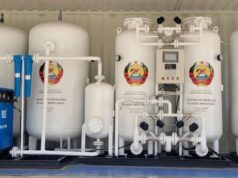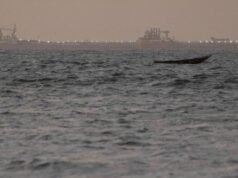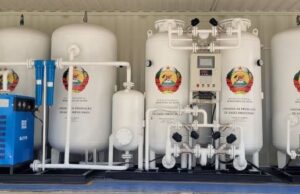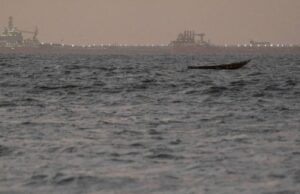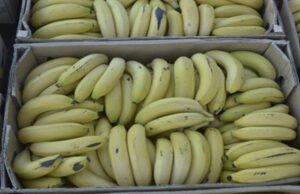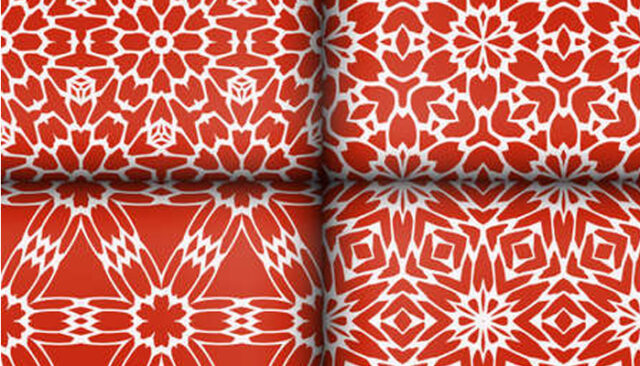
(3 Minutes Read)

Staff correspondent
Morocco, a North African country is renowned for its extensive history, varied culture, and breathtaking natural beauty. An essential part of the Moroccan economy is its textile industry. It has seen substantial expansion and development over the years and is vital to the creation of jobs and export revenue.
Morocco has a rich history of producing textiles with its centuries-old traditional expertise. Moreover, with the creation of textile mills and factories in the middle of the 20th century, the modern textile industry also started to take shape. Today, the nation is also at the forefront of a vibrant textile sector that blends old-world craftsmanship with modern science and industrial ingenuity. The nation’s myriad industries and workshops, from thriving metropolitan hubs to rural villages where skilled craftsmen continue to be in the workforce, are also at the core of this sector. Modern technology and machines are found in these facilities, together with highly skilled personnel who have years of expertise in their fields.
The industrial aspect of Morocco’s textile history is undoubtedly significant, but it is not the only one. Morocco has a strong tradition of artisanal creativity extending back centuries, and it is well renowned for its brilliant fabrics. With designs and patterns that pay homage to centuries of tradition and history, the textile industry of the nation is likewise firmly ingrained in its cultural legacy. Morocco’s textiles are a reflection of the beauty and diversity of its culture, from the magnificent tile work of the country’s mosques to the vibrant fabrics used by Berber tribes. A new generation of designers and businesspeople are now celebrating and preserving that culture as they build on the nation’s rich history to forge a bright and exciting future.
The majority of Morocco’s textile sector is export-oriented, with its primary focus on creating apparel and textiles for foreign markets. Morocco exports a substantial amount of textiles to the European Union. When compared to 2018 (36 billion dirhams), textile exports in 2022 hit a historic high of 44 billion dirhams. In 2022, the 1,600-company textile industry generated 60 billion dirhams in revenue, and 173 investment projects are presently in the works to further the industry’s integration and bring it into compliance with international market demands.
It employed 200,000 people directly in 2021, 60% of whom were women (a crucial concern considering that Morocco has one of the lowest female labour participation rates in the world), and it contributed 15% to industrial GDP and 11% to exports. Providing services to this workforce immediately benefits hundreds of thousands more individuals. As a result, the textile sector in Morocco is very important from a sociological, economic, and industrial standpoint. Morocco exports the majority of its textiles to the EU. Morocco has shipped textiles worth €3.8 billion to the union in 2022, according to the most recent official statistics for the first three quarters of that year. This supports the upward export trend that started during the COVID disaster. Morocco’s textile exports to EU nations were €2.6 billion in 2021, up nearly 18% from the previous year and not far from the €2.9 billion pre-COVID peak. That granted the Kingdom a 2.4% market share of the textiles in the EU.
The Moroccan government has been actively promoting and supporting the textile industry through various incentives, such as tax breaks and investment incentives. These measures aim to attract foreign investment and boost the industry’s competitiveness. It has established textile industrial zones and clusters in regions like Tangier and Casablanca. These zones offer infrastructure, services, and incentives to attract textile manufacturers and investors. With an Industrial Acceleration Plan for the years 2014 to 2020, the Moroccan government has improved the competitiveness of the country’s textile industry. The Moroccan government’s larger “Maroc 2025” economic growth strategy, which started in 2021 and will focus on market expansion, production, quality, employment, and export sales, has as its primary objective the textile and apparel industry.
For years, the Moroccan textile industry has been distinguished by its historical practice of exporting only raw materials like yarn, cotton, and leather. The expansion of the industry has been hampered by this unique method of marketing textiles. Although Morocco’s famous rugs are well-known, they are often handmade by nomadic or tribal peoples rather than mass-produced. Therefore, now the country has developed a plan to strengthen its economy between 2020 and 2030. They have started making finished products instead of just raw materials, giving them a wider range of exportable goods.



